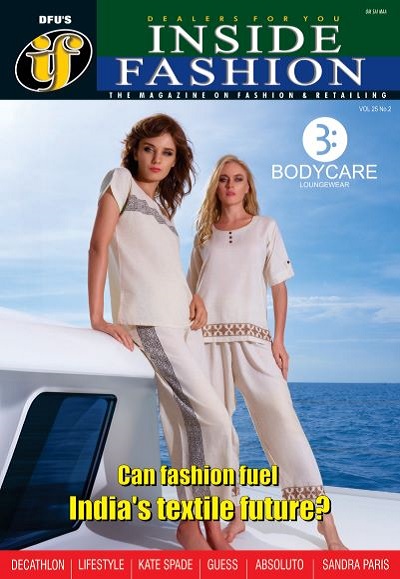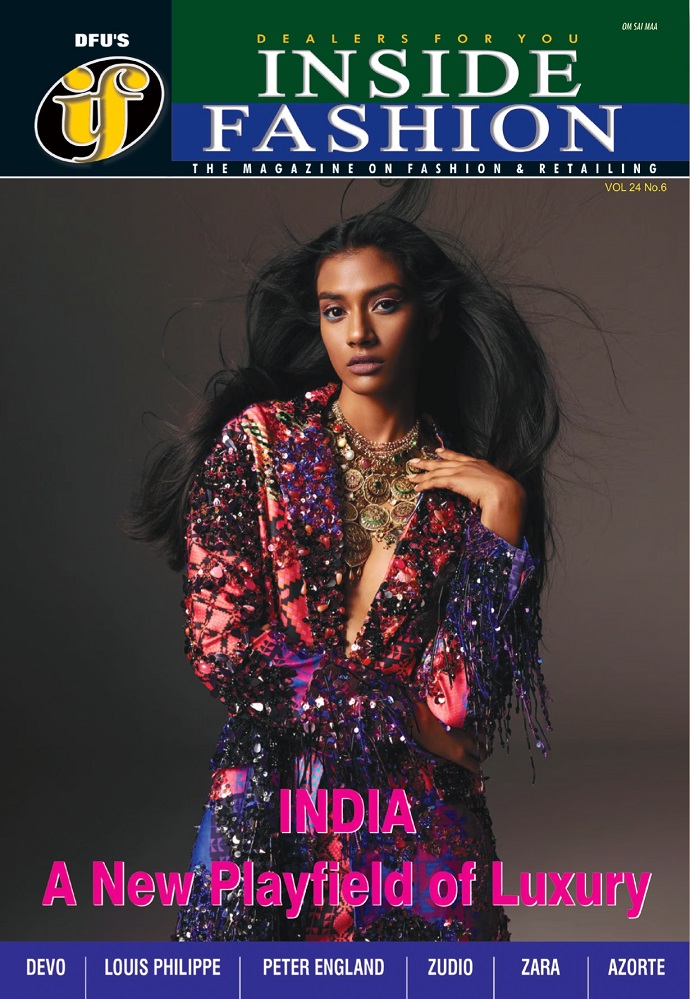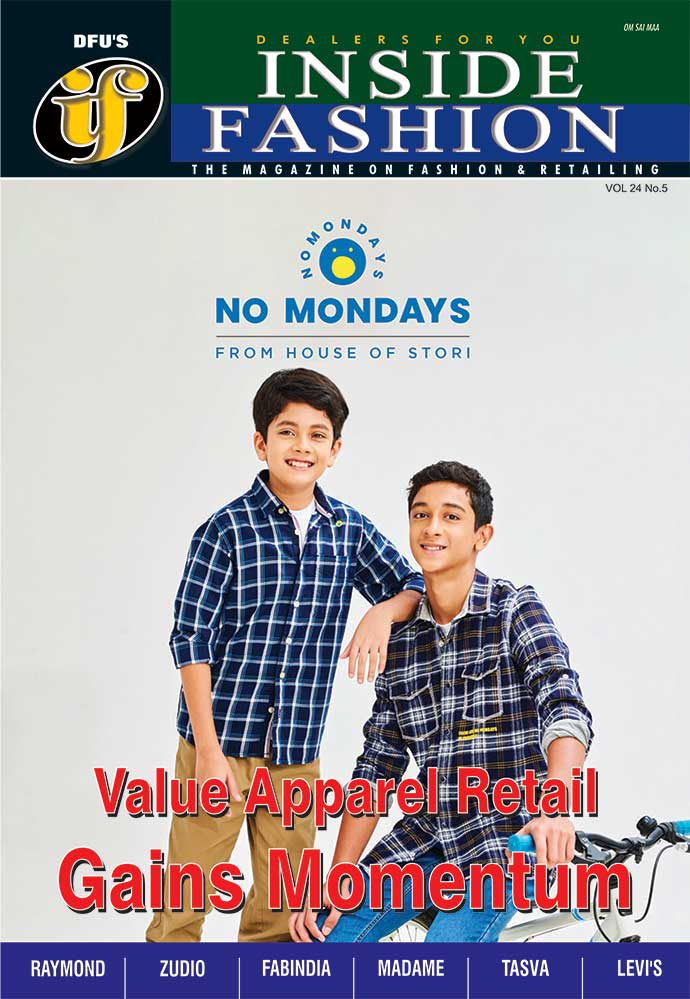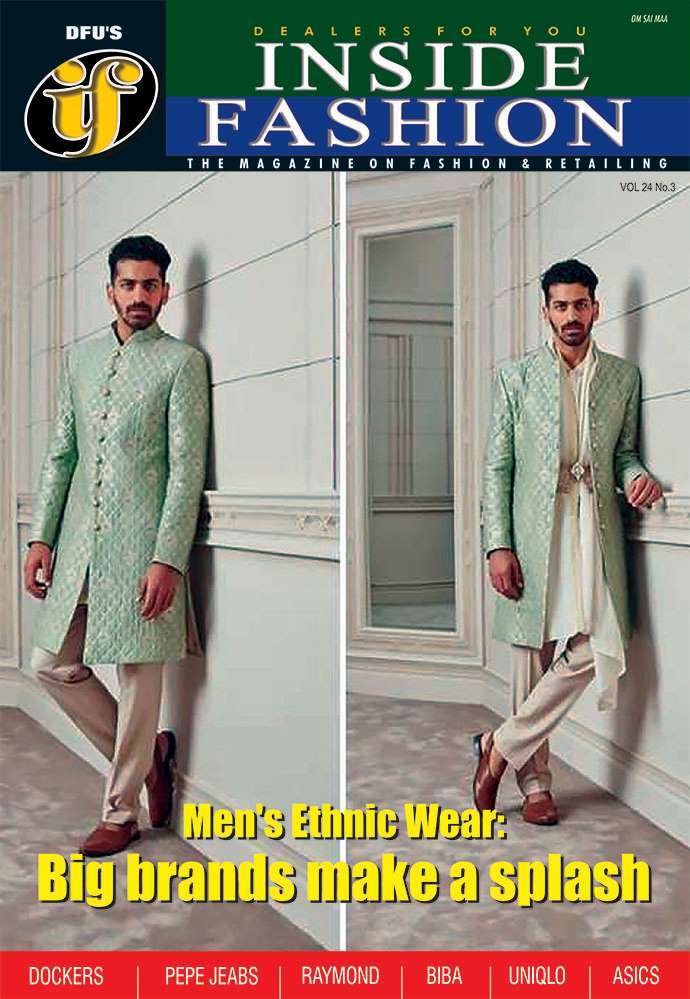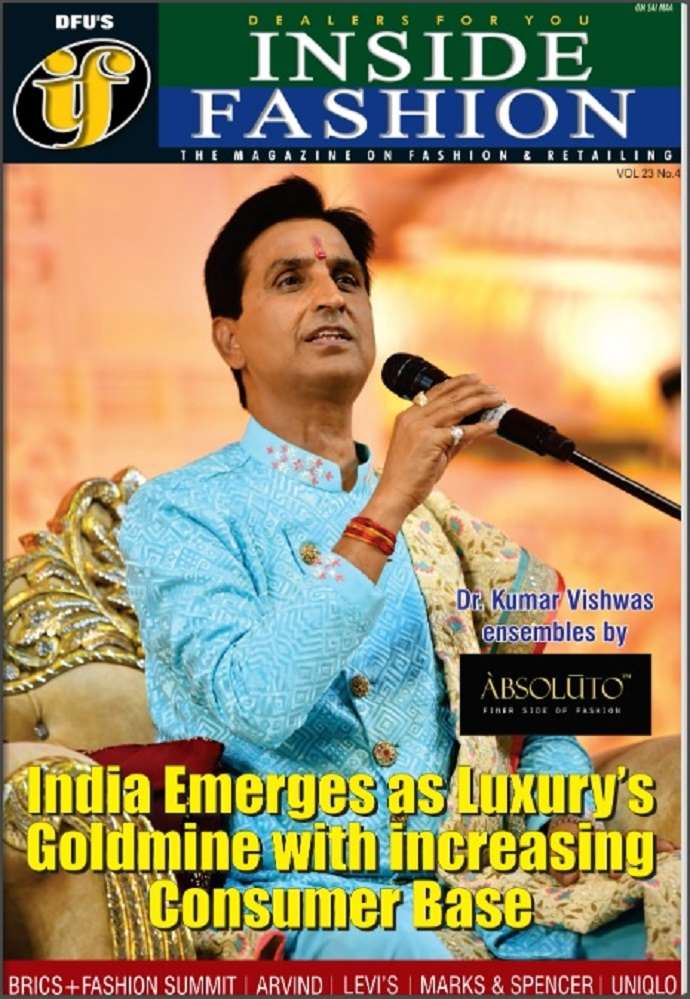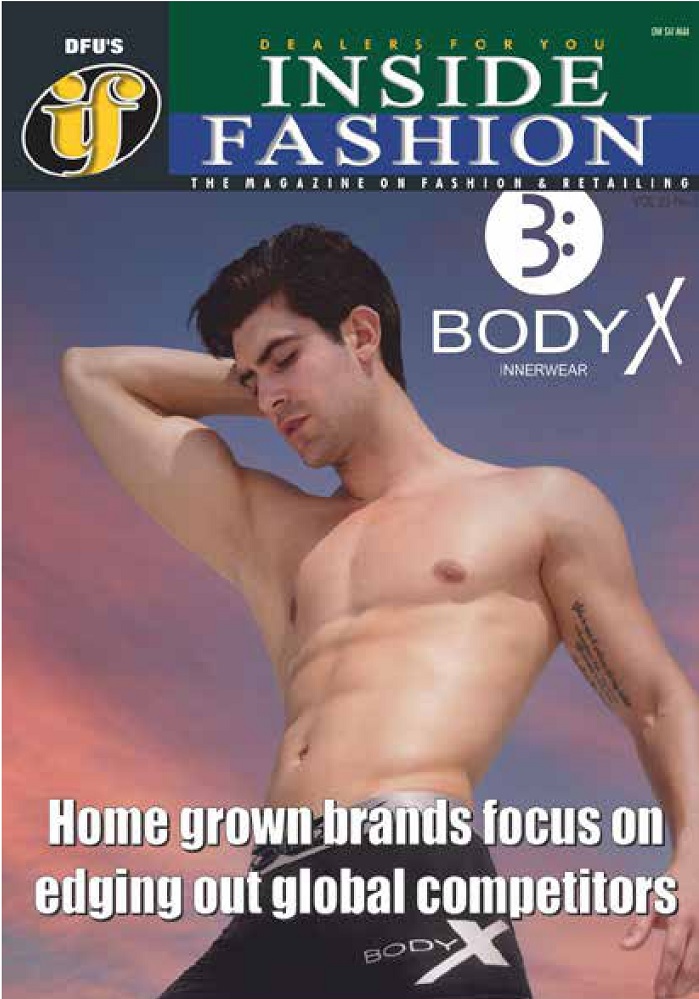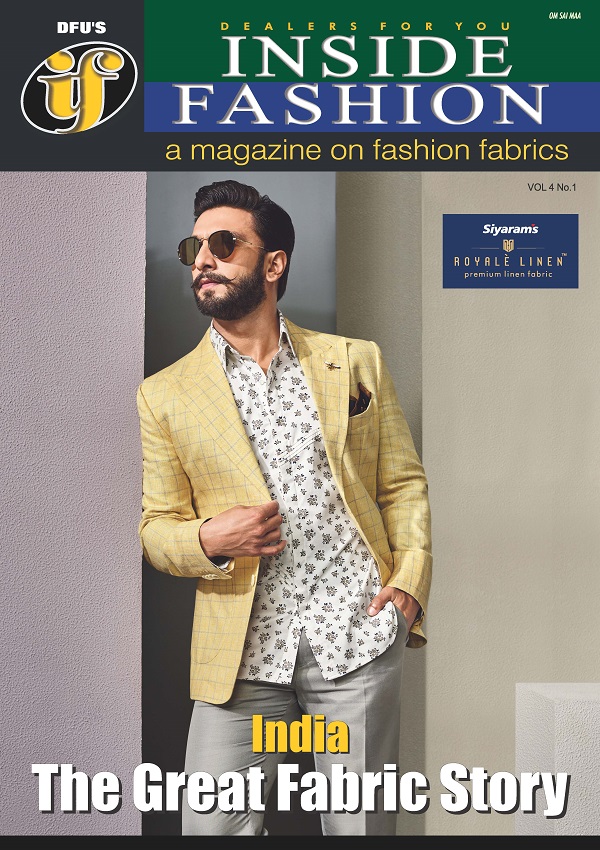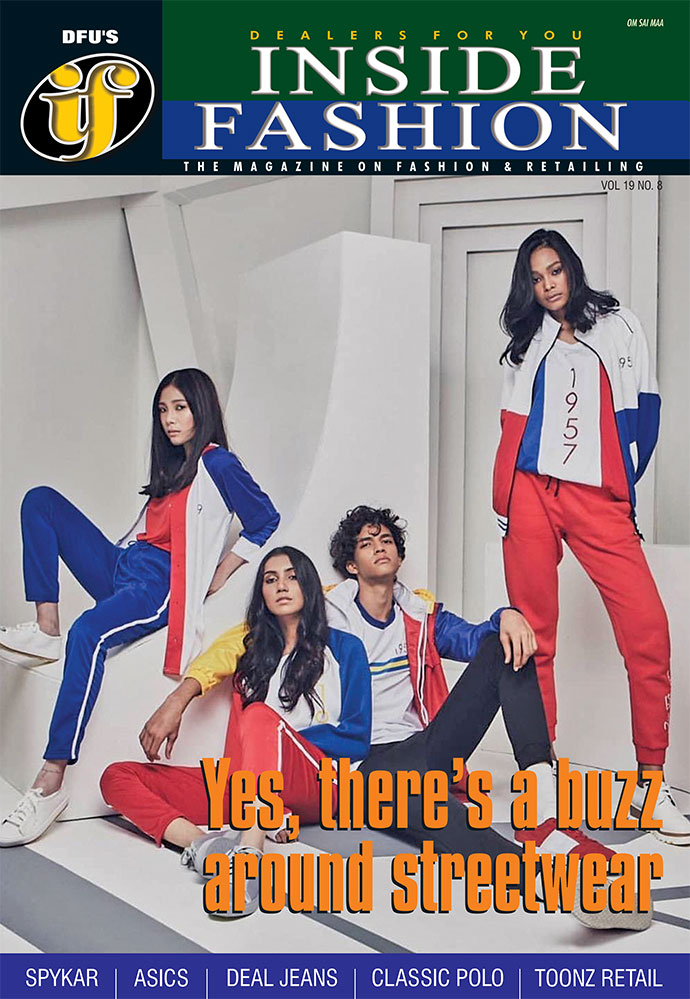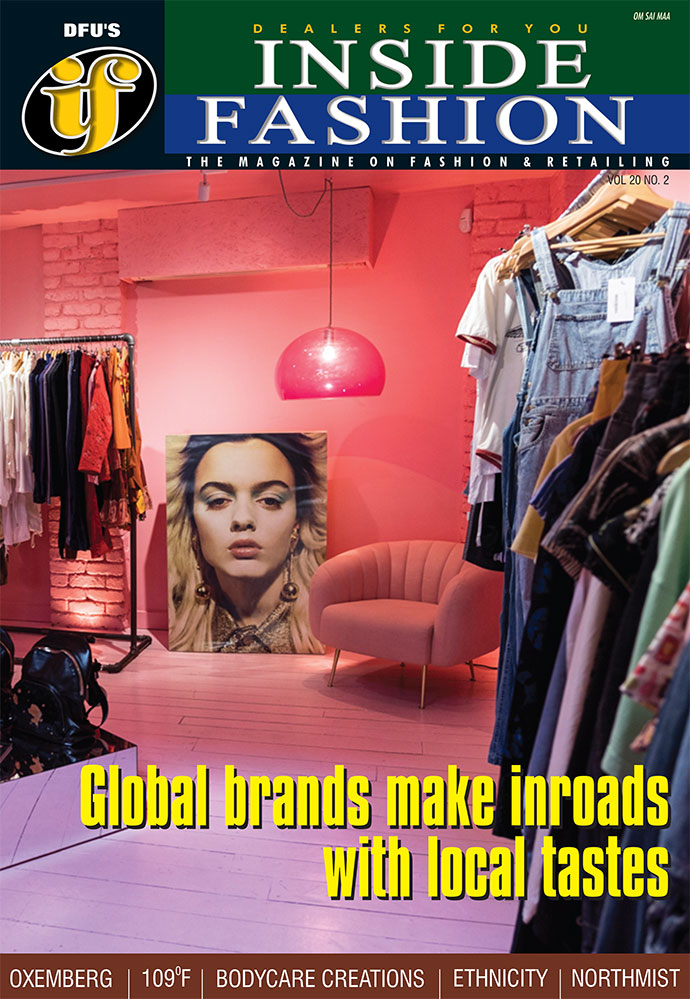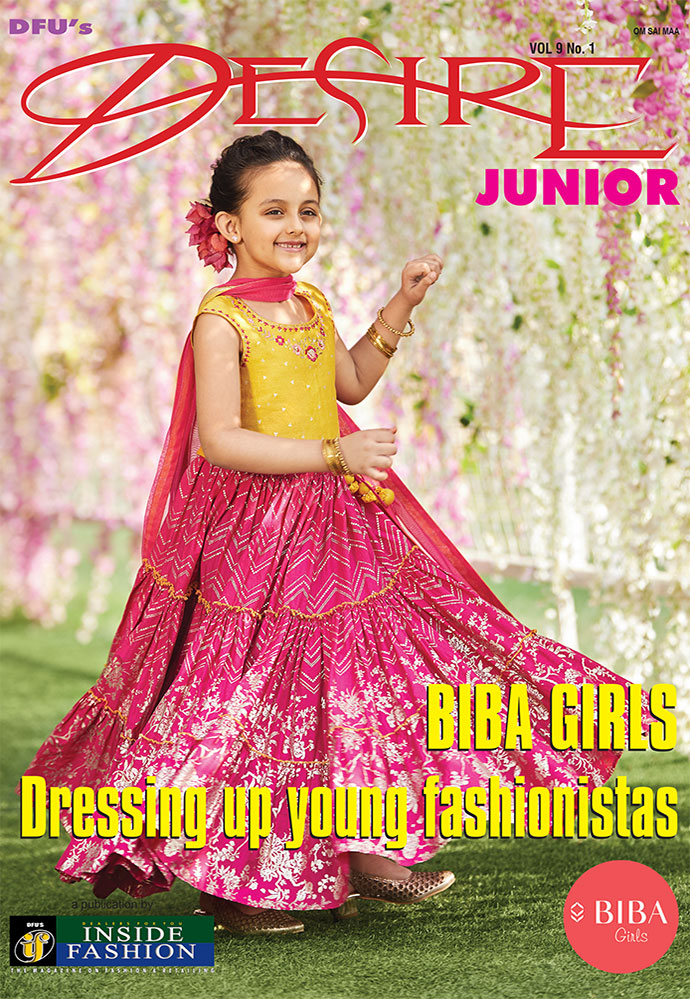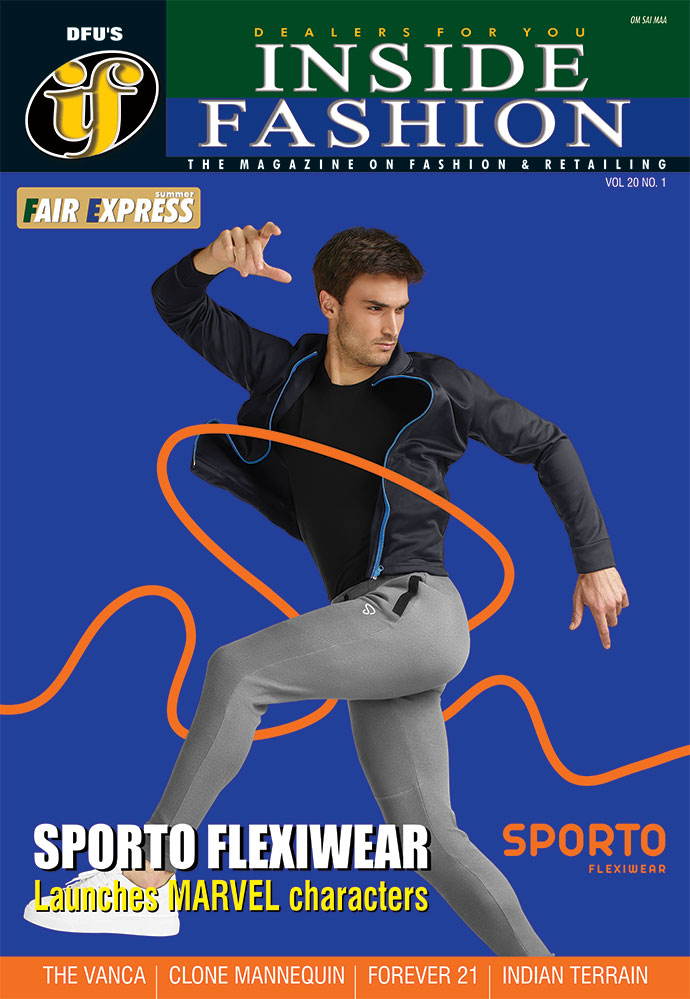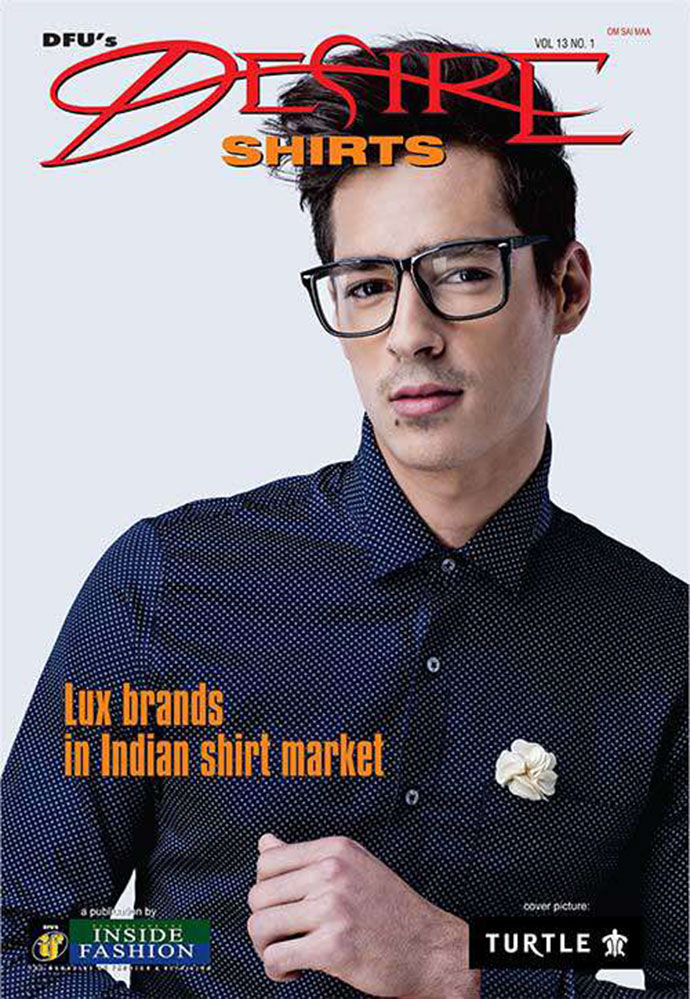India’s Luxury Leap: From Dior to Dori, a market in motion
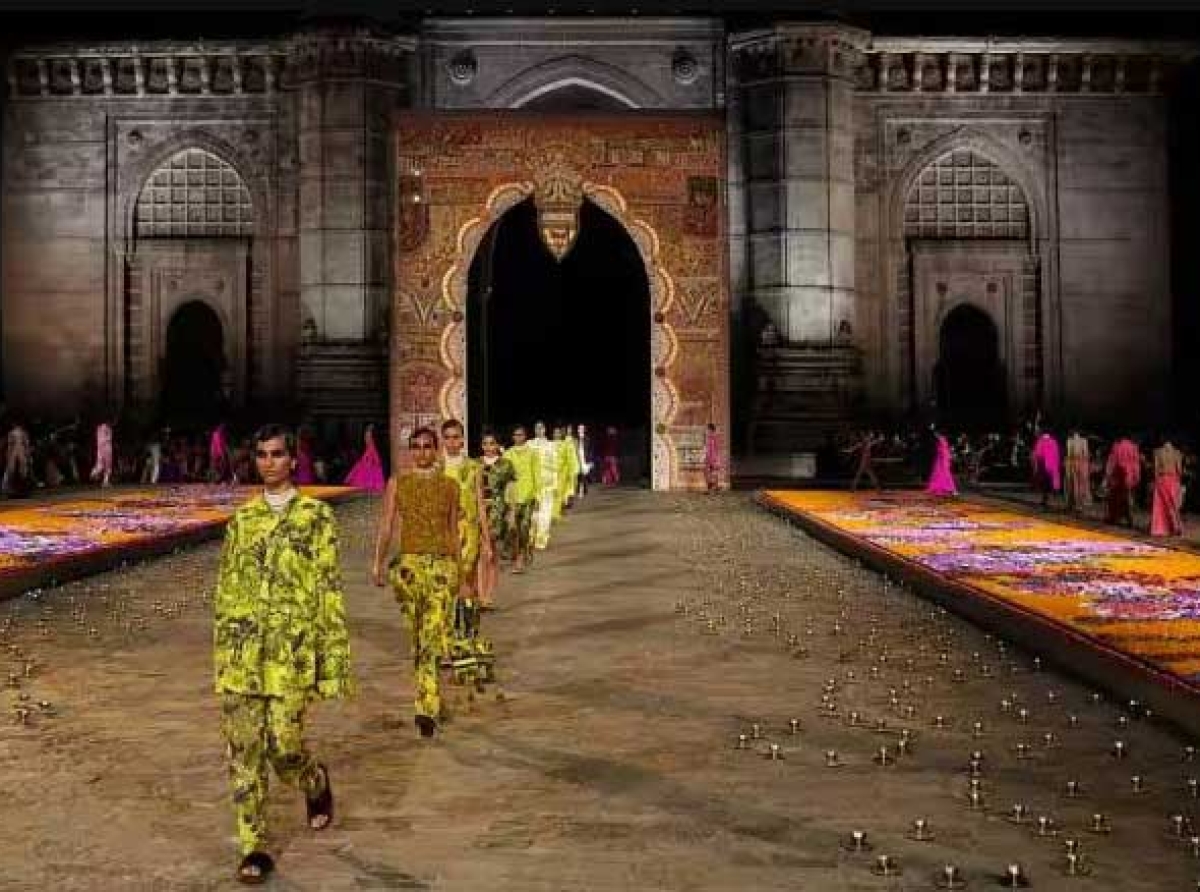
09 July, Mumbai 2025
India’s luxury market is undergoing a transformative renaissance. What was once a small circle of ultra-high-net-worth individuals shopping at a handful of global heritage labels has now evolved into a multi-layered, fast-expanding luxury ecosystem. The shift isn’t just quantitative—with more players and more spending—it’s also qualitative, characterized by increasingly sophisticated consumer preferences, greater segmentation, and a deeper embrace of both global and indigenous aesthetics.
How heritage brands built India’s luxury bedrock
For decades, luxury in India was synonymous with a few marquee names. Dior, Chanel, Louis Vuitton, Gucci, Versace, Balenciaga, Burberry, Prada, Yves Saint Laurent, Bvlgari, Ralph Lauren, Tom Ford, and Bottega Veneta were the torchbearers of exclusivity. Their hold on India’s elite was both aspirational and emotional.
“Luxury was once all about legacy—these brands defined what it meant to own something truly elite,” says a Mumbai-based fashion industry analyst. “They entered early, placed themselves in the most premium locations, and were aspirational markers for an entire generation.”
Their continued dominance is not coincidental. These brands have tailored their India strategy meticulously, investing in immersive brand experiences, exclusive previews, and culturally aligned capsule collections. For many legacy customers, luxury is about continuity, history, and status—a sentiment that these brands continue to deliver with finesse.
Table: Luxury brand awareness in India
Category Well established (brands) Recent penetration (brands) High-end Dior, Chanel, Balenciaga, Versace, Burberry, Prada, Yves Saint Laurent, Gucci, Bvlgari, Ralph Lauren, Tom Ford, Bottega Veneta, Ferragamo Cartier, Tiffany & Co., Van Cleef & Arpels, Zimmermann, Loro Piana, Goyard, Jacquemus, Céline, Chloé, Loewe, Miu Miu Accessible Coach, Michael Kors (MK), Ted Baker, Kate Spade, Hogan, Moschino, Armani Exchange, Karl Lagerfeld, DLM, DA Milano Italia, Superdry, Diesel Nappa Dori, Carhartt, AllSaints
A rising wave of high-end innovation
The recent influx of global brands marks a clear inflection point in India’s luxury narrative. Cartier, Tiffany & Co., Van Cleef & Arpels, Loewe, Zimmermann, and Jacquemus are just a few of the recent arrivals looking to woo Indian buyers who want more than logos—they want stories, craftsmanship, and cultural cachet. “There is a growing segment of consumers who are global in taste, well-travelled, and looking for fresh interpretations of luxury,” explains a Delhi-based luxury consultant. “They don’t necessarily want the most visible brand—they want the most meaningful one.”
This shift is also visible in the embrace of quieter, ultra-premium players like Loro Piana and Goyard, brands known more for quality and discretion than splashy campaigns. Their success underscores an emerging taste for refined, unbranded, and lifestyle-oriented luxury.
The rise of accessible prestige
India’s aspirational middle and upper-middle classes are no longer content with fast fashion. The “accessible luxury” segment has seen an unprecedented boom, powered by brands like Coach, Michael Kors, Ted Baker, and Armani Exchange. These labels offer the sheen of global luxury without the intimidating price tags. The accessibility factor isn’t just about pricing—it’s also about availability. These brands have blanketed Tier-I, II cities through standalone stores, shop-in-shops, and especially online platforms. E-commerce, flash sales, and influencer-led social media campaigns have democratized luxury to the point where it now intersects with pop culture. “These are not luxury-lite offerings,” says a senior merchandiser at a major department store. “They’re entry points to a lifestyle—especially for younger customers who see them as badges of achievement.”
Homegrown flair and the global streetwear twist
While global labels dominate much of the luxury conversation, a new category is gaining momentum: the recently penetrating accessible brands. This quadrant includes Nappa Dori, Carhartt, and AllSaints—each targeting specific lifestyle aspirations.
Nappa Dori, a homegrown Indian brand, is spearheading a movement in indigenous luxury. With handcrafted leather accessories and artisanal touches, it channels a distinctly Indian aesthetic with a modern twist. Its success suggests a rising pride in Indian design, particularly among the cosmopolitan set.
Meanwhile, Carhartt and AllSaints bring street-smart functionality and edgy minimalism to the table. Their emergence signals that Indian consumers are increasingly experimental and open to alternative luxury expressions—ones that blend utility, identity, and global design sensibility.
What’s driving the luxury boom?
India’s luxury awakening is underpinned by macroeconomic and demographic trends. Growing disposable incomes is one of them. India is projected to add over 60 million upper-middle and high-income households by 2030. What’s more, over 50 per cent of India’s population is under 30. This digital-native generation is globally aware and culturally fluid. Social media has made luxury discoverable and desirable even in Tier-II, III cities. And with increased international travel, Indian consumers are exposed to luxury retail in cities like Paris, Milan, and Dubai—and are bringing those expectations home.
The growing map of India’s luxury market holds vast opportunities but demands tailored strategies. Brands can no longer rely solely on heritage or hype—they need to align with regional sensibilities, offer value beyond the label, and create immersive experiences both online and offline. Localized marketing, cultural collaborations, and sustainability-led initiatives will likely shape the next chapter of growth. Equally, secondhand luxury and rental models—already growing quietly—may soon become mainstream as sustainability-conscious consumers look for smarter, eco-conscious ways to indulge.
As India marches forward as one of the world's most promising luxury frontiers, one thing is clear: luxury here is no longer just an import—it’s an evolving ecosystem that reflects both the country's global ambition and its local soul.



